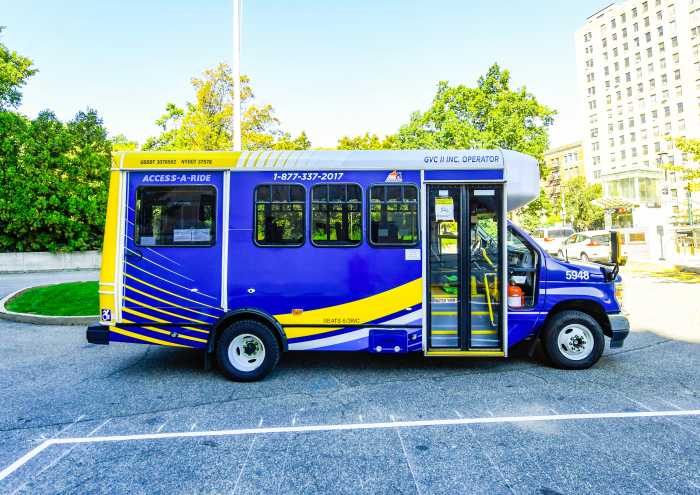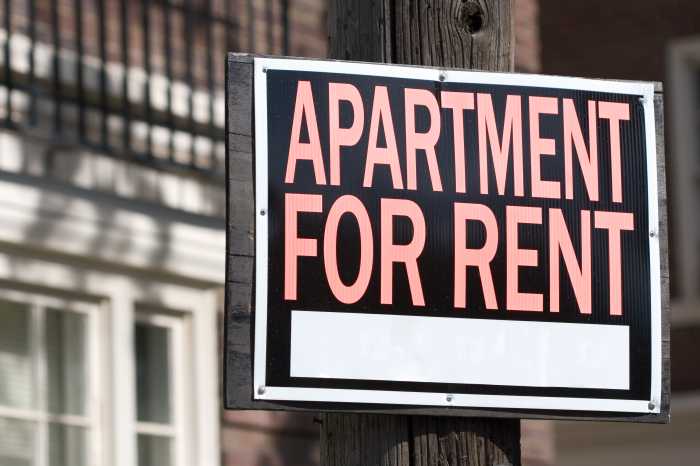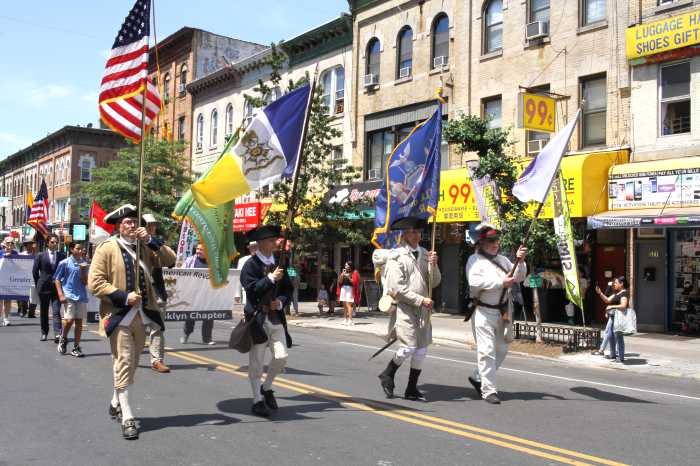Growing up on the Lower East Side of Manhattan, a community rich with cultural heritage, I had a front row seat to how the arts were transformative. For young people and their families, cultural institutions were often safe places to grow, dream and tell their stories without fear of retribution or judgment. For artists, they were spaces where they could practice their craft, find community and sometimes get a job. For local mom and pop shops, they were a guaranteed full house after a show, and a steady paycheck for staff. And for the rest of us, they were opportunities to learn about each other and most importantly, to discover more about ourselves.
This connection to the arts stayed with me throughout my career and I’ve since been dedicated to nurturing art and culture in my district – neighborhoods known for creativity, opportunity and achievement. Access to art and culture is linked to wellbeing, improved quality of life, and safer neighborhoods. This is why I was grateful to be selected as Chair of the Committee on Cultural Affairs, Libraries and International Intergroup Relations by Council Speaker Adrienne Adams, and why I am so dismayed by the devastating cuts to culture recently announced by Mayor Adams and his administration. Since October 2023, the Mayor has eliminated tens of millions of dollars from our arts and culture budget – that’s school programming, free performances, and jobs. He must immediately reverse these cuts to cultural organizations and fully fund culture next Fiscal Year.
As we enter the fifth budget season since the pandemic, we have learned a lot about the most and least effective means to provide a strong, resilient, and equitable economy. Some choices are difficult and require painful tradeoffs. But funding culture is a no-brainer. Continuing to provide support for the city’s cultural institutions is both essential and wise. Simply stated: Culture delivers. Our museums, performing arts organizations, and gardens create jobs, generate tax revenue, and reflect and nurture the soul of New York City.
Cultural activity generates $22 billion annually, a return of 99:1 on that $200 million budget for city-funded cultural institutions. Cuts to culture will have devastating impacts on multiple layers of economic activity. We all know culture drives tourism, but often lost in the discussion are the impacts on so many of our community members: the part-time museum educator who’s lost their pay, the caterer who lost the event gig, and the local coffee shop that lost revenue because of few visitors.
While the October cut to culture of 5% was painful and unnecessary, the January cut of 5% more has hit the marrow of our institutions. Many small and mid-size cultural institutions rely on this public funding to survive, and larger institutions need city dollars to attract private donations. If these cuts are not restored, cultural institutions will have to cut their hours, lay off staff, and defer maintenance. In some cases, institutions will have to raise their fees, making arts and culture less accessible for low-income New Yorkers. While private donors are important, their support is no replacement for city funding, which allows the arts to thrive in all communities throughout the city and lifts up those most in need.
There is no doubt that Mayor Adams’s cuts to culture are misguided, but the impacts are far worse than it seems. We have already seen major cultural institutions face layoffs and reduce hours, and we will see these conditions worsen if this funding is not restored.
The mayor, in partnership with all of us in the City Council, has important work in the weeks ahead to arrive at a budget that is sensible and equitable. Fully funding cultural institutions is a necessity for achieving these goals, beginning with reversing the $20 million in cuts made well into these organizations’ operating year. Cultural funding will drive economic activity, save jobs, preserve the programming that serves our young people and older adults, and work to enrich our communities that bring our city to life.
Councilmember Carlina Rivera, Manhattan District 2, Chair, Committee on Cultural Affairs, Libraries and International Intergroup Relations





































